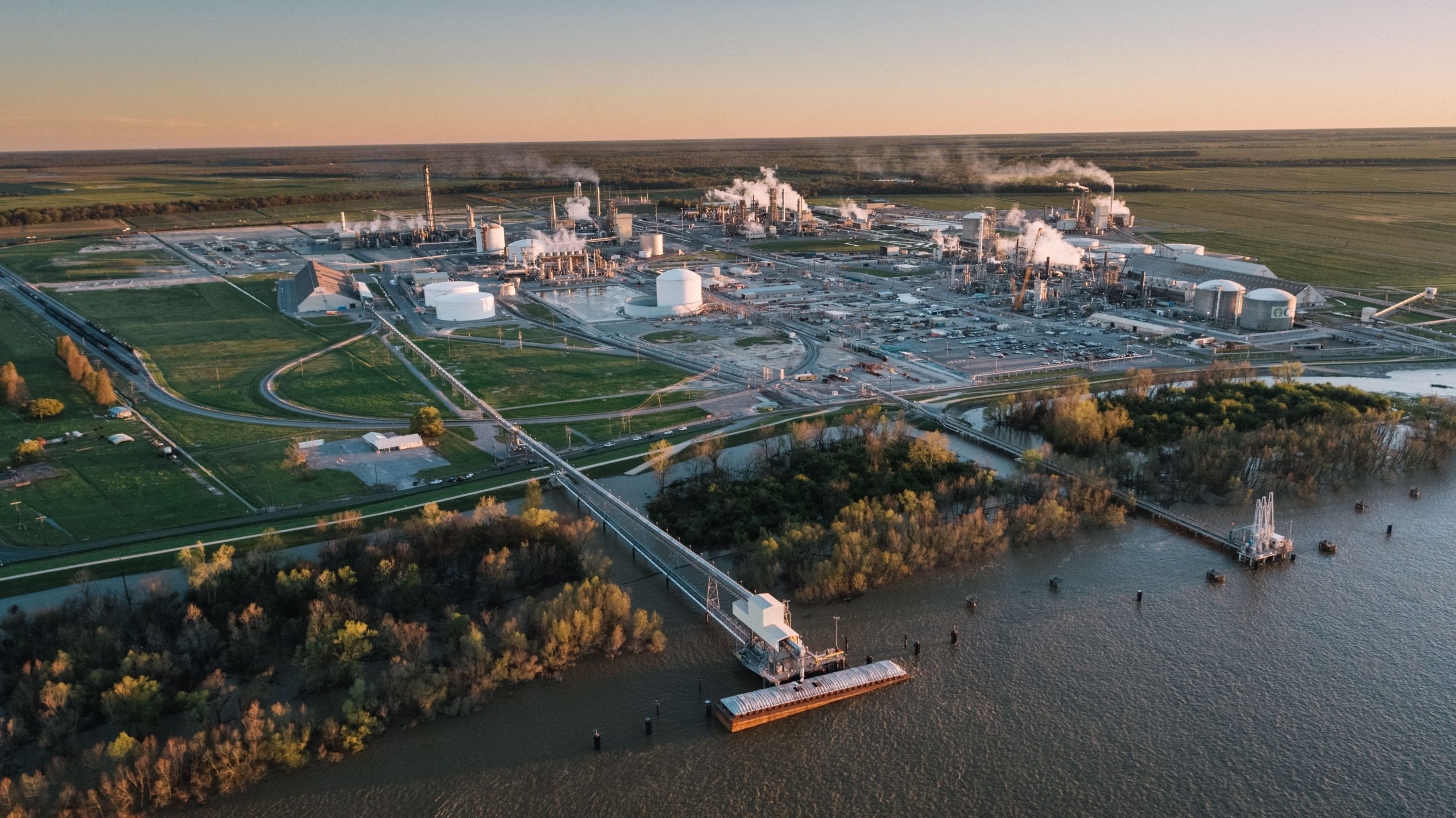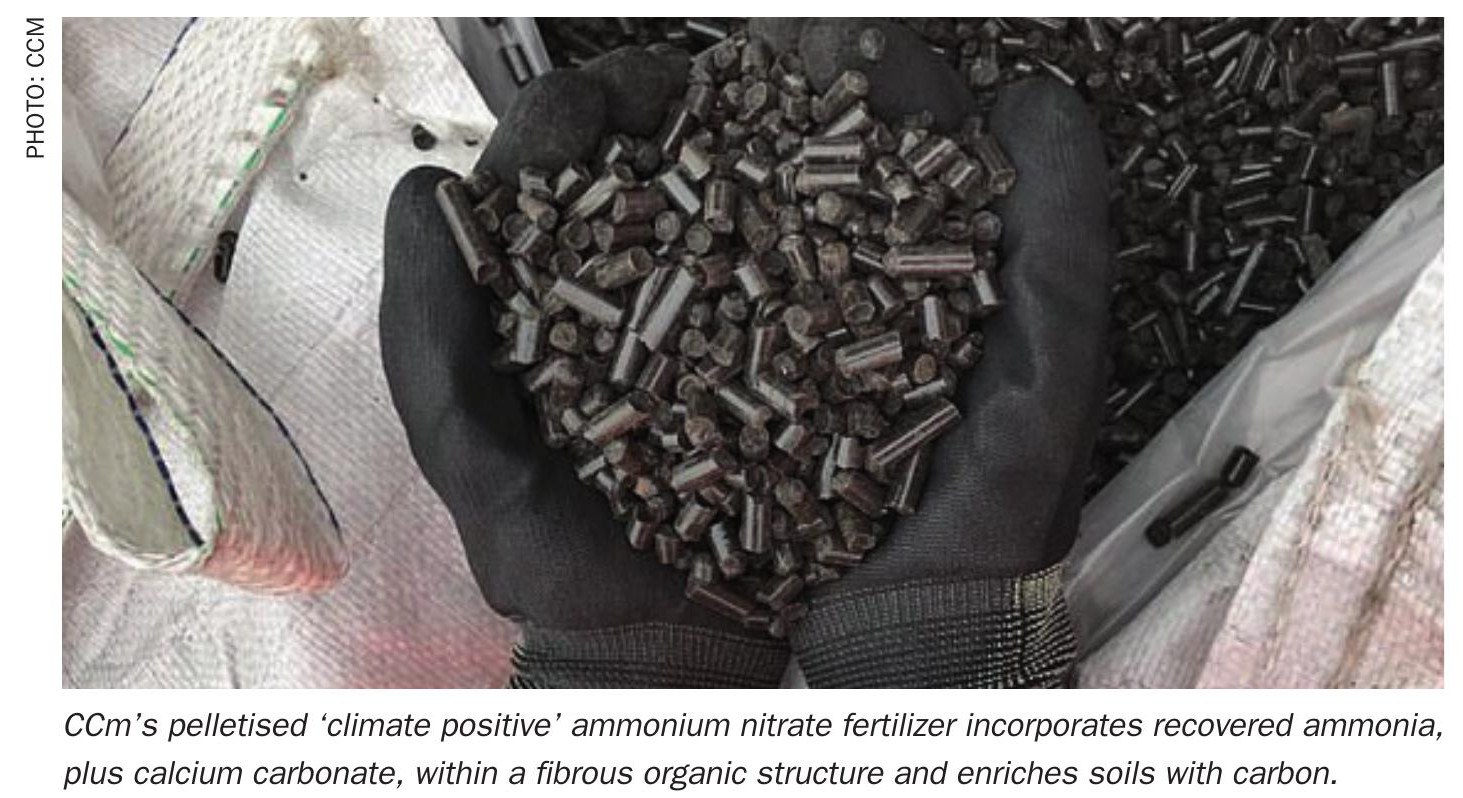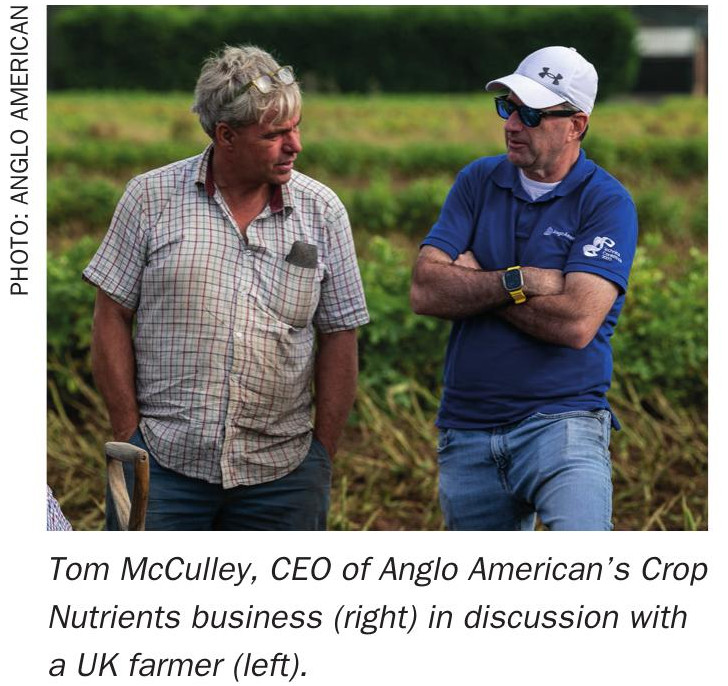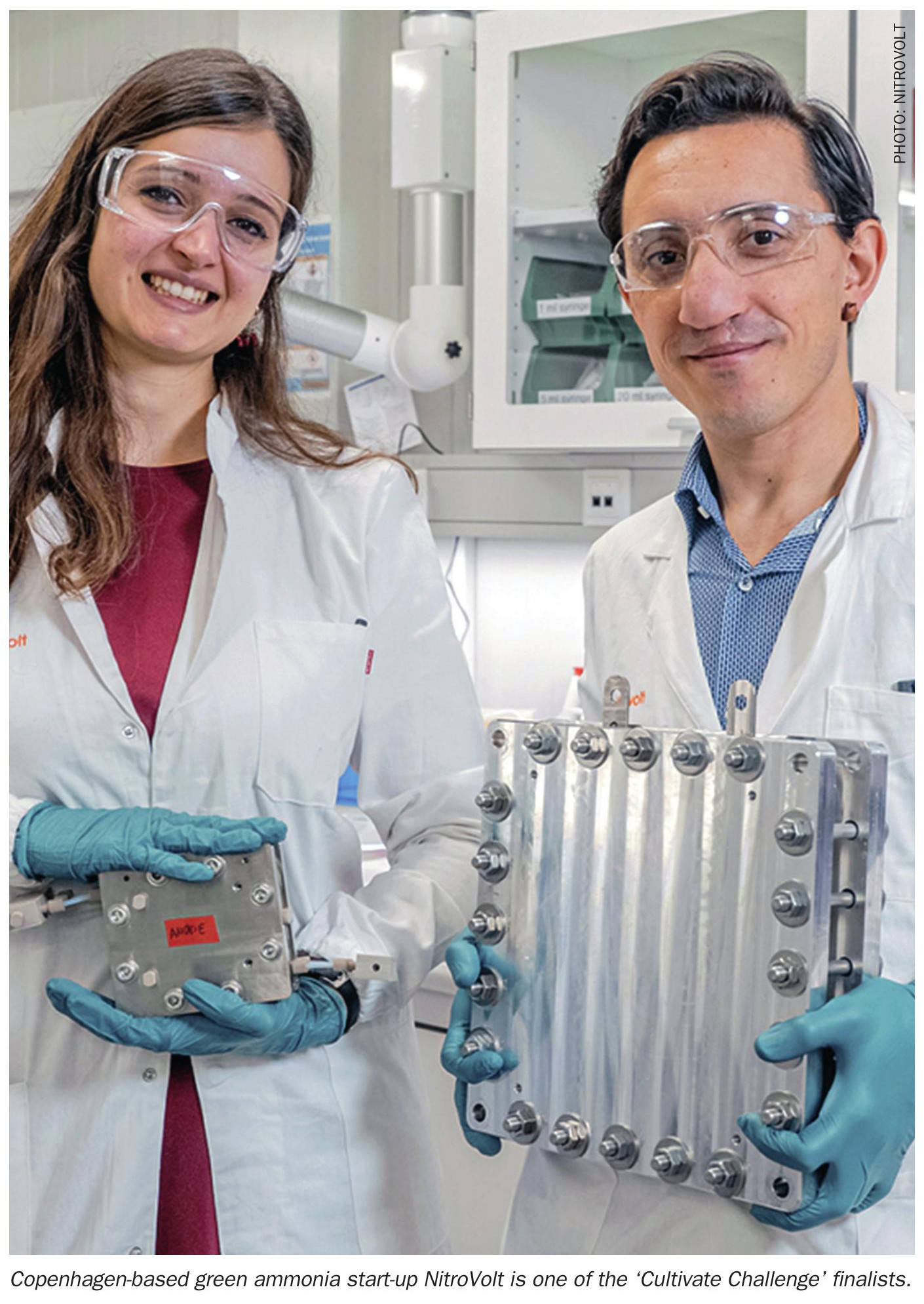Nitrogen+Syngas 395 May-Jun 2025

3 May 2025
Sailing on…

“Changes to the IMO’s IGC and IGF codes were crucial to ammonia’s adoption as a marine fuel…”
With future demand for both low carbon methanol and ammonia depending to a considerable extent on their take-up as low carbon shipping fuels, recent developments in the EU and IMO may help accelerate that process, as detailed in CRU’s most recent Low Carbon Hydrogen and Ammonia Outlook.
In December, the International Maritime Organisation (IMO) Maritime Safety Committee (MSC) adopted amendments to the International Code for the Construction and Equipment of Ships Carrying Liquefied Gases in Bulk (IGC Code) which lifts the existing prohibition on the use of ammonia cargo as fuel as from July 1st 2026, establishing a regulatory pathway for future ammonia carrier operation using ammonia fuel, and a “voluntary early implementation provision” can allow for its use before that if the regulations are followed. In parallel, the interim guidelines provide international safety standards for using ammonia as fuel; the International Code of Safety for Ships using Gases or other Low-flashpoint Fuels (IGF code) is amended as from January 1st 2028, which will allow ammonia powered vessels of all kinds. Further regulatory support for alternative marine fuels is anticipated through upcoming discussions at the Maritime Safety Committee in June this year, which aims to advance policies accommodating emerging fuel types.
The EU has extended its emissions trading system (ETS) to cover maritime transport, which accounts for approximately 3-4% of the EU’s total CO2 emissions. Shipping companies must surrender allowances for 40% of 2024 emissions in 2025, 70% in 2026, and 100% from 2027 onwards. Alongside this, the FuelEU Maritime regulations introduce specific compliance obligations for ship operators by setting mandatory reduction targets and supporting the uptake of low-carbon maritime fuels, such as ammonia. Those who fail to meet the emissions requirements may incur a penalty of €2,400/t of VLSFO-equivalent energy for any emissions shortfall. In particular it encourages the use of “renewable fuels of non-biological origin” (RNFBO), such as low carbon methanol or ammonia, and will impose a 2% mandatory use of such in the 2030s if uptake has been insufficient.
Changes to the IMO’s IGC and IGF codes were crucial to ammonia’s adoption as a marine fuel, but it still faces challenges in terms of cost, safety, and NOx-related challenges which must be addressed before widespread adoption. Energy density is lower than for conventional fuels, and while ammonia is a carbon-free fuel, its combustion in marine engines can still produce NOx emissions. To manage these, selective catalytic reduction (SCR) technology is being integrated as a standard emissions control solution in ammonia-fuelled engine designs. Major engine manufacturers have demonstrated that SCR systems can achieve over 90% reduction in nitrogen oxides, enabling compliance with IMO Tier III regulations without compromising engine performance.
At the moment shipowners are still looking towards LNG and possibly biogas as a transition fuel, with ammonia a longer term prospect. But adoption is anticipated to increase steadily, supported by stricter emissions regulations, decreasing ammonia production costs and higher carbon prices. In the medium term, ammonia-ready vessels are expected to represent a greater share of newbuild capacity, as it gives greater flexibility and help shipowners hedge against future transitions. Over time, the uptake of ammonia-fuelled ships is anticipated to surpass ammonia-ready vessels as the preferred choice for newbuilds. Within a decade, CRU anticipates ammonia use for ships will have reached 10 million t/a, and could be as high as 70 million t/a by 2050. Around 4.8 million t/a of green and 4.7 million t/a of blue ammonia capacity is expected to be on-stream by 2030, with China having already approved 1.6 million t/a of green ammonia capacity. Ammonia’s cousin methanol has had some setbacks of late in its quest to be the next major shipping fuel, as our article on pages 26-28 indicates, but there seems to be a willingness by ship owners and operators to overcome this and push on with adoption as well..






